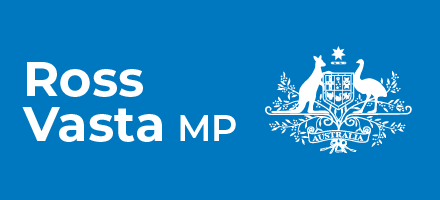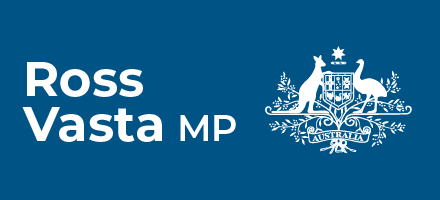Helping community groups in Bonner lower power bills
The Morrison Government is supporting community groups to lower their power bills and play their part in helping to reduce Australia’s emissions.
Across Australia, not-for-profit community groups have been awarded grants of up to $12,500 for energy-saving projects under the Government’s Energy Efficient Communities Program.
Federal Member for Bonner Ross Vasta MP said he was pleased to announce the Wynnum Manly Employment and Training Association, and the St Mark’s Lutheran Pre-School and Child Care Association were successful recipients in his electorate of Bonner.
“Energy Bills are often one of the biggest overheads for volunteer organisations, and we want to help ease some of the financial pressures facing our hard-working community groups,” Mr Vasta said.
“St Marks Lutheran Pre-School received a $11,364 grant and Wynnum Manly Employment and Training Association received $6000 to support their energy saving projects, which can include installing a solar system, upgrading to more energy efficient equipment, or having an energy audit done on their premises.”
Mr Vasta said the more these groups could save on running costs, the more they could spend supporting their communities.
The Energy Efficient Communities Program was announced as part of the Government’s Climate Solutions Package in the 2019 Budget.
The program will deliver grants to help businesses and community organisations to improve energy efficiency practices and technologies, and better manage energy consumption to reduce their power bills.
In addition to grants for community organisations, the program will provide $10 million for dairy farming businesses, $9 million for small businesses and $15 million for high energy-using businesses.
For more information on the Energy Efficient Communities Program visit energy.gov.au


